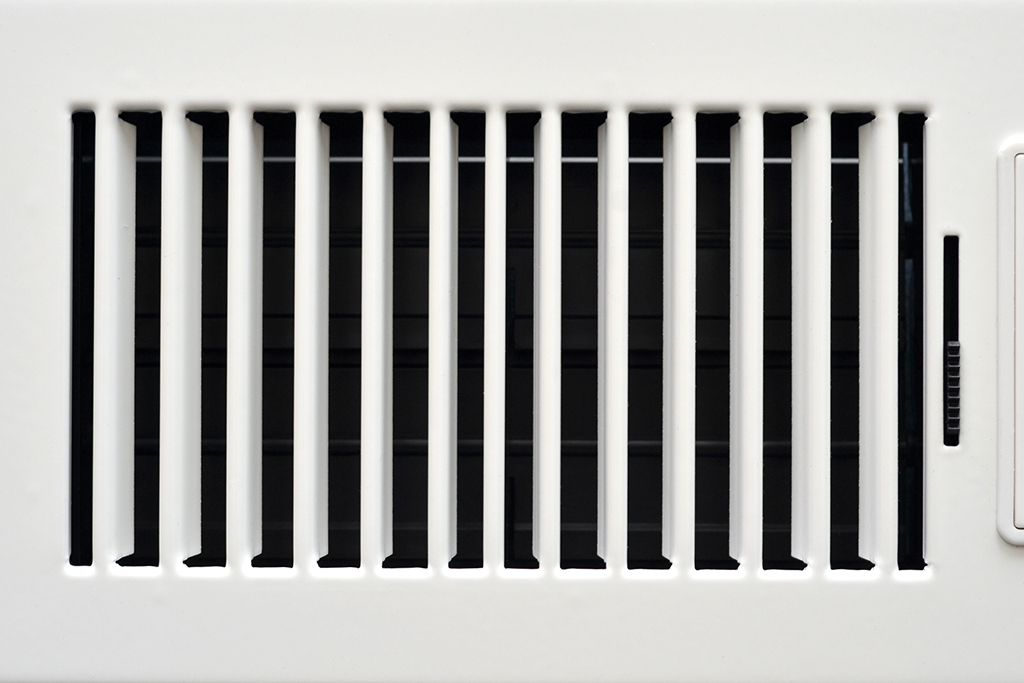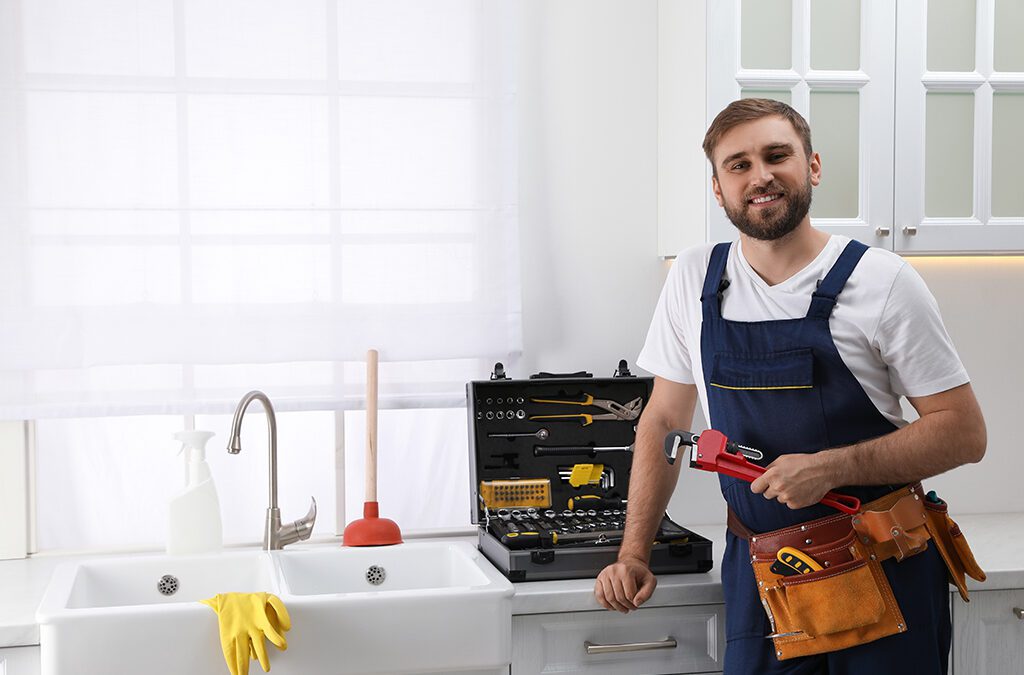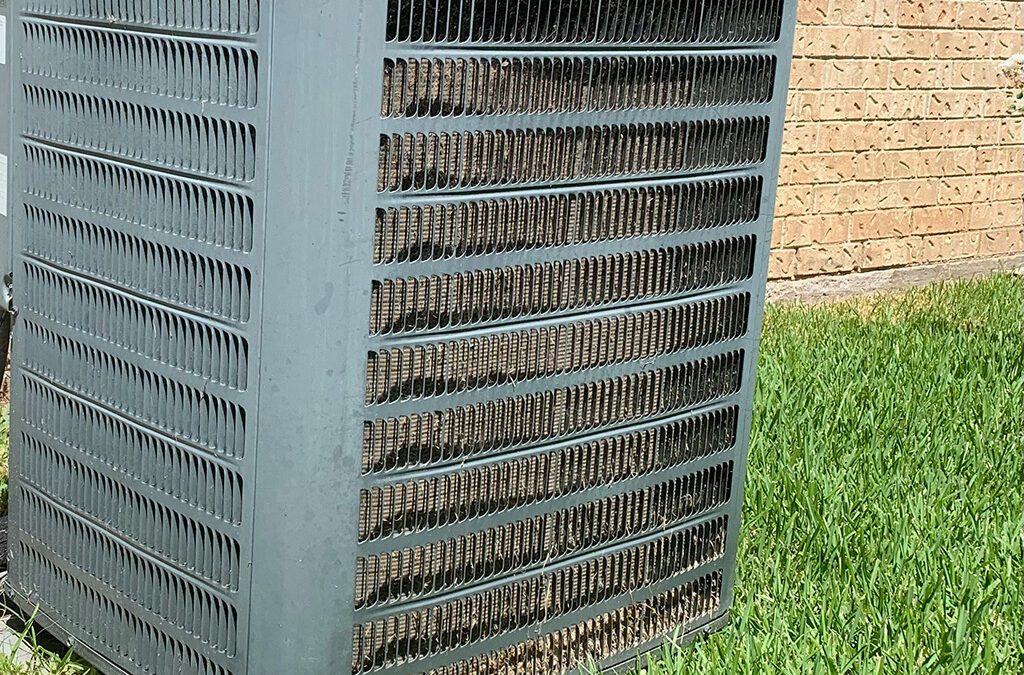Photo By AnthonyRosenberg at istock
When analyzing the usefulness of your heating and AC, one aspect that plays a crucial role in the effectiveness of your chosen system is, maybe surprisingly, where the vents are installed in your home. While it may not be something that you have considered before, truthfully, there are several reasons why builders often install HVAC vents in similar locations across each building. Typically, vents are either placed up high, near the ceiling or low, near the floor. Both placement locations have their advantages, and we’re going to discuss them here.
If you’re lucky enough to be building a new home in Cleveland, TN, then while planning the design, the potential locations of your heating and AC vents are definitely something you want to spend some time considering. Vent locations can affect everything from how comfortable your house stays year-round to the home furnishing options you may use. Both intake and blowing registers have their rightful place, and making sure you pick the right locations can have a significant impact on heating and cooling.
What are the most common vent placements used?
As briefly mentioned, there are two primary locations that you’ll see used for heating and AC vents. In older homes, vents are often placed near the floor. In most newer builds, air conditioning vents are usually placed higher (though the return air vent can still be near the ground), and there are several great reasons for this:
- Vents near the floor can be easily blocked by furniture
- Vents near the floor can accumulate dust, debris, and moisture
- Vents cut into the floor often can’t accommodate modern airflow requirements
- Air conditioning vents placed higher can easily keep air circulating
- Vents placed near the ceiling are often closer to behind-the-scenes ductwork
- Vents placed in the attic can be less expensive
Utilizing a setup with high air conditioning vents and low return air vents also maintains air circulation throughout the room and prevents uncomfortable hot and cold spots from forming. It also helps to reduce energy usage as it’s more efficient, and thus, can often save much-needed dollars.
Another excellent reason for using high places for AC vents is because you can often safely, cost-effectively take advantage of unused attic space that easy-to-access and doesn’t detract from available living space. Installing vents in the more ‘lived in’ areas of a home can be more expensive because you have to deal with drywall and framing.
Another advantage of placing output vents near the ceiling, and intake vents near the floor, has to do with the U.S. climate. While living in the south, you may have noticed that extreme heat is more common than extreme cold. If you remember basic science, you’ll know that hot air rises, and cold air sinks, making ceiling vents the delivery location of choice for places that often experience warmth and humidity. In these cases, where cooling is required throughout many months of the year, ceilings are often the choice location.
Not surprisingly, this is not the same for locations predisposed to needing a little extra heat more often than a little extra cold. In these areas, floor vents are, indeed, more common.
Where’s the best place to put heating and AC return vents?
While the laws of thermodynamics are often enough of a reason for choosing ceiling height vent placements, there is another side to this issue. Return vents are used to suck in air and deliver it back to the HVAC system for treatment. Treated air is then pushed back out of the air vents into rooms to start the cycle repeatedly. If you’ve got a heating-only system, making sure your return air vent is located near the floor is ideal, as it will force the coldest air back through the system and avoid cool air remaining stagnant in the room. If you’re looking to cool the house and you’ve only got an AC system installed, the return air vent needs to be placed high up so that the warmest stagnant air is pulled back through the system first.
Mostly, though, homes in Cleveland, TN, use combined heating and AC systems to create the desired temperature. In which case, you’ll need to make some compromises regarding their location. Most configurations use a high or low return point. Although it is possible to have a combined return duct, it’s usually not recommended as it means the return path is not sealed, and it’s harder to regulate.
Another thing to briefly note that we’ve not already covered is that you don’t want the return and output vents too close to each other. Vents too close together will result in a small area being heated or cooled and reduce the effectiveness of your HVAC system’s capability drastically.
How do you choose the right heating and AC setup?
The right heating and AC setup can easily complement your lifestyle if you make the right choices when purchasing and installing an HVAC system. Where the vents will be most useful can also depend on the layout of your home and the lifestyle that you have. If you’re a homebody that loves relaxing on the sofa, you may want to consider placing a vent that points towards where your couch is so that you can easily keep yourself warm in this space. One key reason for doing this is because it means you won’t have to wait for the ambient temperature of the room to rise before you feel the benefits.
Also, consider where air could be blocked or interrupted before installing. You wouldn’t want an air vent that’s going to be hidden behind a TV unit or near an electrical fitting, or in areas that could be difficult for you to clean the ducts when it’s needed.
Typically, you won’t need to install vents in every room due to the expense, so choosing the rooms you’ll spend the most time in is essential.
So does vent location really matter?
Hopefully, you’ll realize that vent location does indeed play a huge role in both heating and cooling in your home. Whether you’re looking to replace heating and AC or add new ductwork to your existing system, Metro Plumbing, Heating and Air can help you make the right choices regarding vent location. Contact our friendly representatives to discuss your heating and AC vent queries today.




